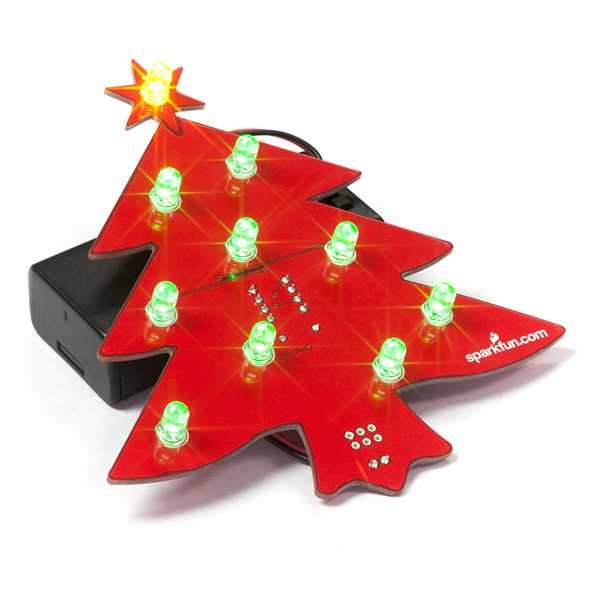Ever wanted to build a prototype iPhone application?
Sure there are apps (and various techniques) you could use to create mock-ups. But, after you’re done with mock-ups they’re not usable. With Storyboards in Xcode, you can quickly create a prototype that is a real ™, functioning, iOS app. This is something you could test and throw away, OR keep and evolve into a finished product.
If this sounds interesting to you, join us for the first OUDL* mini-workshop.
IN BRIEF: This is the first in a series of iOS mini-workshops, each designed to teach you a small, manageable portion of what it takes to build iOS apps. You can pick and choose from the workshops that fit your needs, or attend them all. It’s up to you. And, they’re FREE.
WHY A STORYBOARDING MINI-WORKSHOP?
Storyboards are the gateway drug to iOS development. And iOS development is the gateway drug to Objective-C hacking. I like to think that there’s a little Objective-C hacker in everyone, just trying to get out. When people say (usually drunk) that they have a great idea for an app, what they’re really saying is that they want to hack some Objective-C.
The simple goal is to break the topic into a simple presentation, fortified with hands-on building. By the end of this mini-workshop, you should be able to create simple iOS prototypes on your Apple computer, using Xcode and the simulator.
WHAT ARE THE PREREQUISITES?
$0.00 - This mini-workshop is free! Help the person sitting next to you and we’ll call it even.
Bring an Apple computer, running Xcode (or a friend who is willing to share), Xcode install instructions follow
Optional: iPhone, iPad, iPod Touch
This mini-workshop should be within the reach of anyone interested in building apps.
Coding experience nice, but not required (this workshop only includes very light-to-no required coding).
The first mini-workshop will utilize the latest version of Xcode (currently 4.5) and iOS (6).
WHAT ARE iOS STORYBOARDS?
Storyboards are a visual system for building screens of an iOS application. A scenes are created one at a time, by dragging visual elements onto a layout. Scenes are connected by gestures and button taps, which are configured using a visual editor (sometimes without any code required).
For a peek at “Storyboards” check out this tutorial:
http://www.raywenderlich.com/5138/beginning-storyboards-in-ios-5-part-1
WAIT, WHAT’S OUDL?
The Organization for the Understanding of Dynamic Languages.
AND, WHY IS THIS FREE?
OUDL is an organization which facilitates cooperative education among local developers. We help each other out, teach each other what we know, and everyone benefits. We foster a culture of abundance over artificial scarcity. It’s that simple.
Oh, and we have great supporters, such as The Box Jelly, HICapacity, Aloha Startups, and HTDC. Thanks.
OK, I’M GAME. HOW DO I PREPARE?
Try to do these things before showing up. If you can’t, then try to show up early:
1) Install Xcode. It can be downloaded via the App Store on your Apple computer:
http://itunes.apple.com/us/app/xcode/id497799835?ls=1&mt=12
(Last I checked, it was $5 in the App Store.)
2) Make sure to install Xcode before arriving at the mini-workshop. Ha. That’s it.
BUT, I WANT TO RUN MY APP ON A REAL PHONE, NOT THE SIMULATOR:
During the workshop, we’ll be use the Xcode simulator to build and run apps. If you’d like to run them on your own device (iPhone, iPad, iPod Touch), you’ll need to do the following. Please note, that this is NOT required to participate in the mini-workshop. It’s not a short process and may require support from others with experience. It’s fairly confusing and tedious, so don’t be discouraged if don’t complete this.
(We can help you do this, but it might take longer than one session.)
a) Install Xcode (see above)
b) Register as a developer at
https://developer.apple.com/devcenter/ios/index.action
c) After registering, you will have access to the documentation. You can then follow these instructions to prepare your development environment for builds on a device:
http://developer.apple.com/library/ios/#documentation/Xcode/Conceptual/ios_development_workflow/10-Configuring_Development_and_Distribution_Assets/identities_and_devices.html#//apple_ref/doc/uid/TP400079
d) During or before step c, you’ll need to pay $99 to become a licensed iOS developer. This fee is also required if you would like to publish your app on the iOS App Store. Please note that there are two Apple developer programs, one is for iOS (iPhone, iPad, iPod Touch) apps, the other is for Mac (desktop) apps. Be sure to sign up and pay for the correct one.
RSVP on Meetup:
http://www.meetup.com/dynamic/events/91019272/
When: Thursday, December 6 @ 6:30pm - 9:00pm
Where: HI Capacity - 307a Kamani Street, Honolulu, HI (map)


